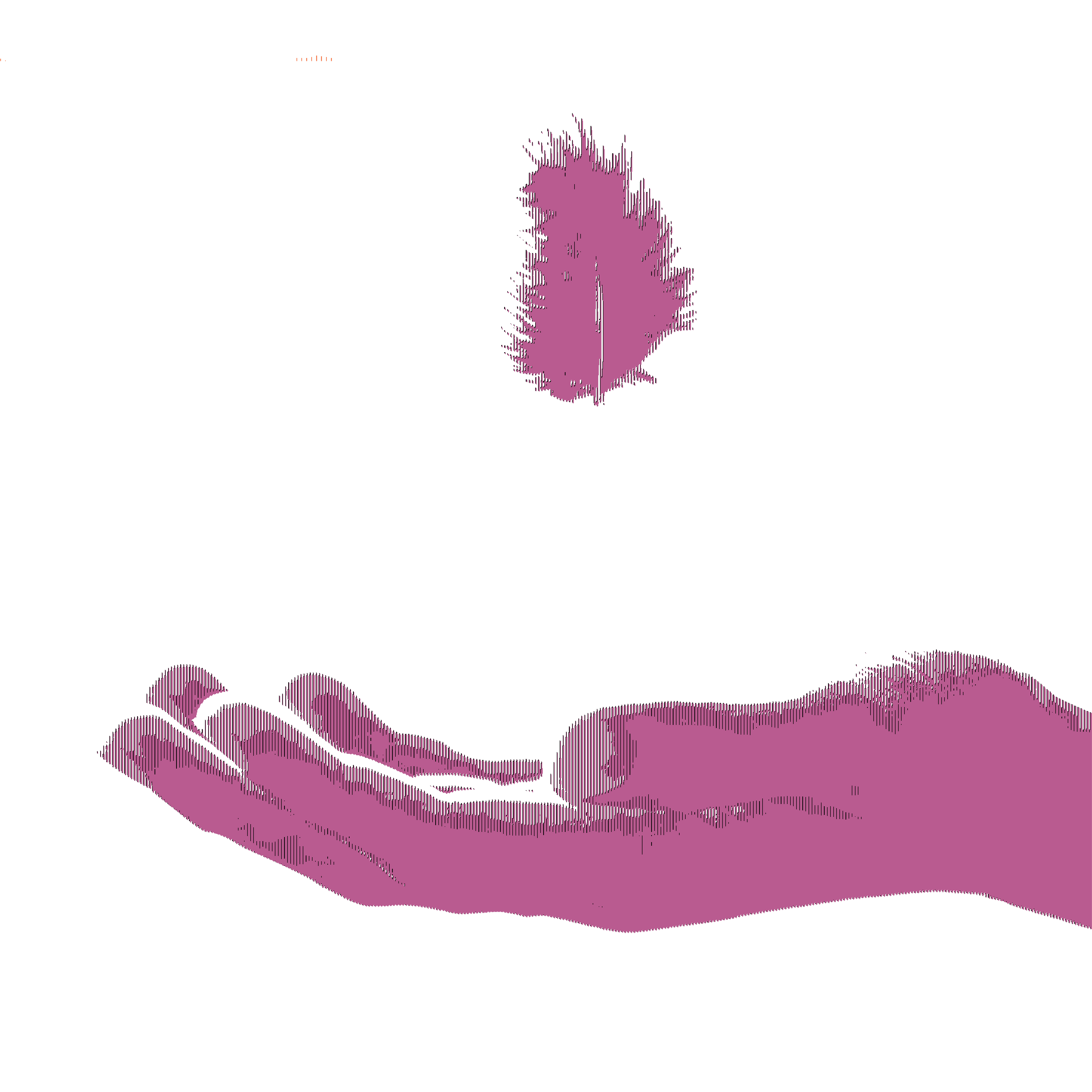
WHOSE UKRAINE?
Over the past century, various bits and pieces of Ukraine have been claimed by the Hapsburgs, the Poles, the Russians, the Nazis, and the Ukrainian Soviet Socialist Republic. Given this untidy history, it's little wonder that Ukrainians have struggled to come up with an authentic national identity.
Pulitzer Center grantee Sarah Topol, in a nuanced and richly detailed feature story for Harper's, explores the historical forces that are shaping the current conflict between Ukrainian nationalists and pro-Russian factions. For Sarah, it is also a personal journey; she wryly notes that her mother, who was born in Kiev, "speaks English with the thick accent of a villain in a Cold War-era film."
In the West, Ukraine's current predicament is somewhat simplistically blamed on the evil ambitions of Vladimir Putin. Not so simple, says Sarah. "Even if you took the Western narrative at face value–that Putin was the big bad wolf who blew Ukraine's house down–why was it so easy? The foundations must have been rotten, cobbled together after decades of woozy, cynical, agitated speculation about Ukrainian identity."
THE BIGGEST DIG OF ALL
Its magnitude can be measured in terms of the dirt that will have to be moved—more than 5 billion cubic meters. That's enough to bury all of Disney World (43 square miles) to a depth of 147 feet, leaving only the tallest spire of Cinderella's Castle exposed. But the proposed new canal that a Chinese entrepreneur named Wang Jing has started to build across Nicaragua—a supersized, 170-mile long competitor to the Panama Canal—is much more than an ambitious feat of civil engineering.
As Pulitzer Center grantees Tim Johnson and Brittany Peterson explain in a four-part multimedia story for McClatchy Newspapers, work has already begun: "Land has been surveyed, routes identified, negotiations begun with landholders. Yet secrecy still cloaks the project, whose ramifications are vast. Tens of thousands of Nicaraguans would be displaced and hundreds of square miles of land would be given over to the Chinese company that holds the concession to build the canal."
Tim notes that other ramifications can only be guessed at. "The impact the canal would have on Nicaragua's environment has yet to be made public. Also uncalculated: the ramifications on world trade that would come from the inter-ocean passage of ships so large that most U.S. ports can't handle them. Another looming unknown: how the global balance might change with a Chinese-built and -financed canal dug across an isthmus that has been a nearly exclusive American zone for 200 years."
DUMPING IN A SACRED RIVER
It is the holiest of rivers; it is the foulest of rivers. When the sacred Ganges makes news, "it is typically to report how the Yamuna, a major tributary to the Ganges, is buried under a layer of industrial foam or contains faecal coliform bacteria at half-a-million times the Indian recommended bathing limit; about how the untreated sewage of 118 towns is discharged into the Ganges; or about how it is becoming less of a river and more of a toxic waterway."
In his dispatch for The Guardian, Pulitzer Center grantee Cameron Conaway takes a look at Indian Prime Minister Narendra Modi's recent campaign promises to clean up the Ganges.
Key to Modi's strategy is bridging the gap between science and religion when it comes to environmental activism. As one activist tells Cameron, "Governments can lay sewer lines, install world-class treatment plants and issue the harshest sanctions, but unless we engage faith groups we will still have an enormous number of individuals who are carrying their trash to (the Ganges)."
Until next week,
Tom Hundley
Senior Editor






